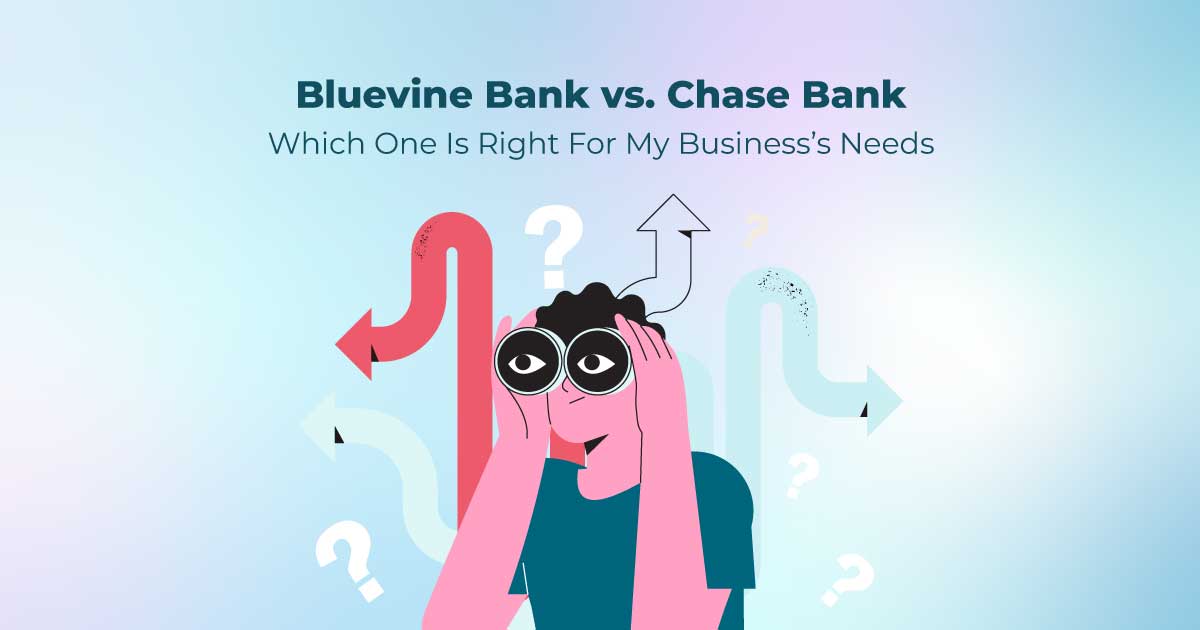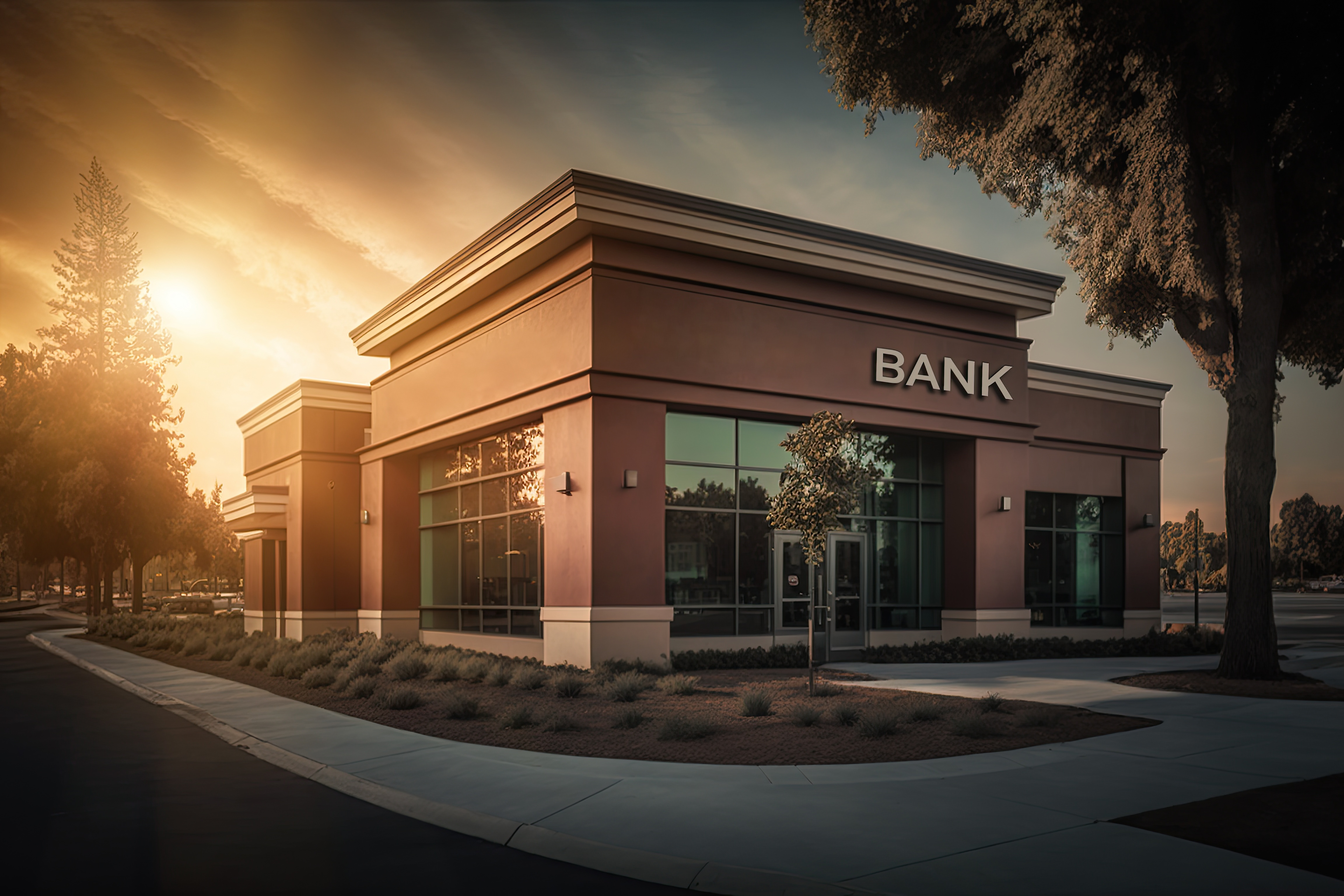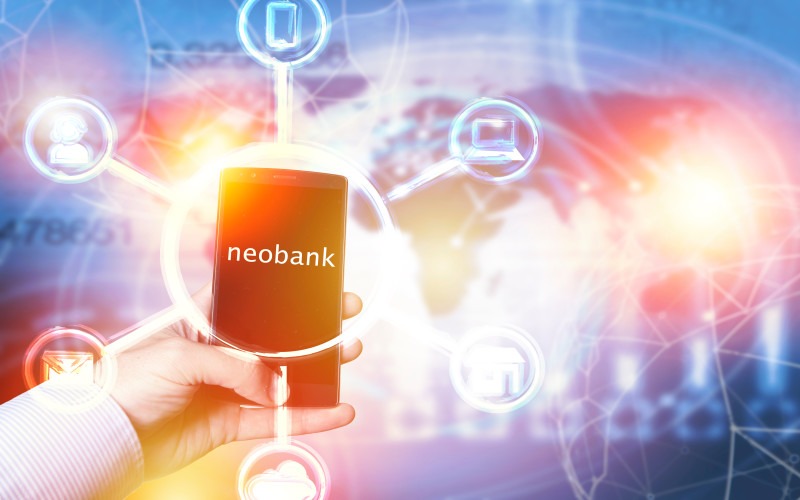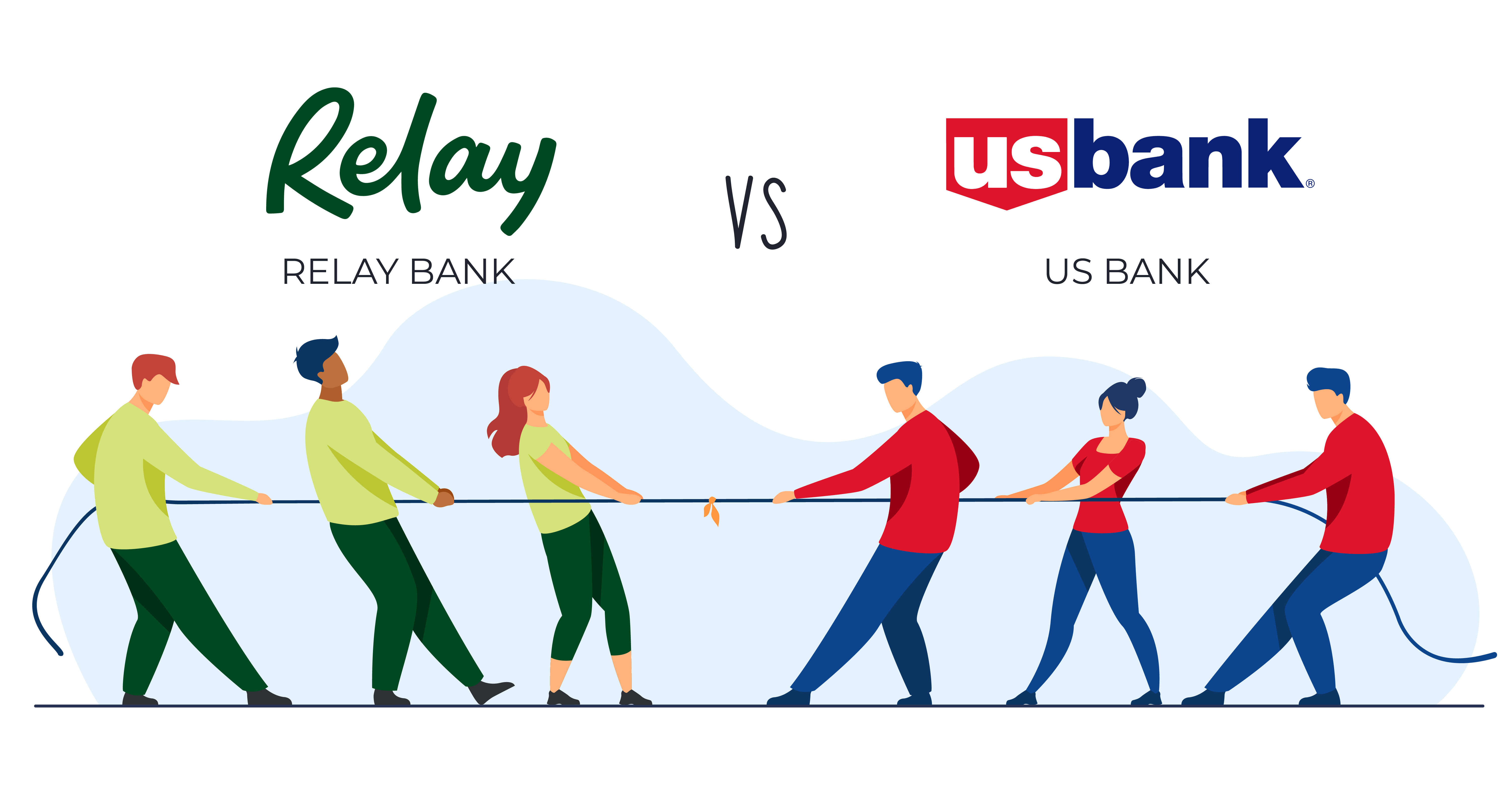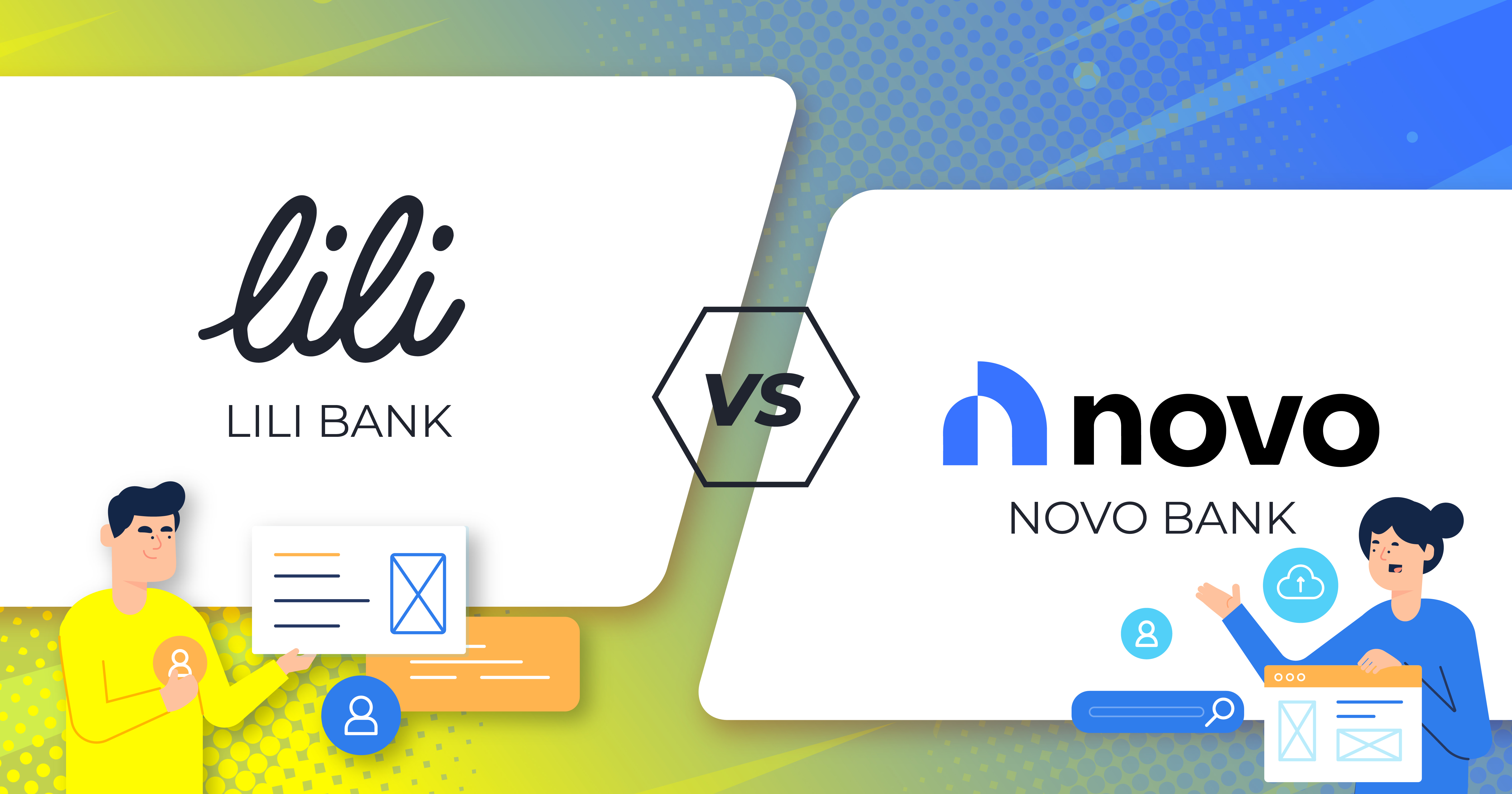What is a Challenger Bank?
Key Takeaways
- Challenger banks are digital-first institutions that offer cost-effective and transparent services, primarily operating online
- They utilize technologies like AI to provide personalized banking experiences, including customized financial dashboards and smart budgeting
- These banks often feature lower fees and simpler account setups, making them accessible to a wide range of customers
- Although they offer innovative solutions, challenger banks may lack the perceived security of traditional banks, which can impact customer confidence
- Challenger banks generate revenue through loan interest, service fees, and additional financial products, using technology to stay competitive

The demand for more transparent and cost-effective services is always on the rise. And this applies to banks. Do you ever find yourself standing at your bank and waiting just to be served? Well, challenger banks were made to handle this problem (and many other issues) like a pro. In this blog, you will learn all about challenger banks, their pros, and cons, what sets them apart, and everything in between.
Challenger banks are not a new concept. In fact, they have been around for decades. The concept of a challenger bank is exactly as the name suggests – to challenge your regular bank. Challenger banks came into play in 2008 after the financial crisis. Up until then, the UK banking system was dominated by the big 5, namely, Barclays, Lloyds, HSBC, Santander, and the Royal Bank of Scotland. These banks accounted for nearly 2/3rds of all banking business being done in the UK.
It was also during this time that opening up a bank account was not only an extremely challenging task, but it was also an expensive one. To tackle this problem, Challenger banks were set up.

What is a Challenger Bank?
A challenger bank is typically a smaller bank compared to a traditional one. A challenger bank aims to compete with or challenge traditional banks by using more modern financial practices. These challenger banks mainly operate online and have an edge over the traditional bank when it comes to providing great banking services online.
Contrary to popular belief, Challenger banks are very much real banks and operate as such. As a customer of a challenger bank, you can do the same thing you would do in a traditional bank except online. Challenger banks are also great because if you are the one for a personal touch or great customer service, you can always rely on them to serve you.
Challenger banks aim to be on par with or surpass traditional banks by providing a more modern approach to the banking system. You see, traditional banks heavily rely on the reputation and word-of-mouth that they have built through decades of providing services to millions of people. While this is great, it can often hinder innovation and the space for new ideas.
This is exactly why Challenger banks are the banks of the future. Challenger banks are already way ahead of the curve since they have mastered the art of digital banking. Typically, you would not find a Challenger bank with a physical branch. They operate online and have mastered how to carry on all traditional banking services online. Since they operate on the Internet, it is also more cost-effective as a result. Traditional banks usually have legacy technology that they cannot get rid of. Consequently, a lot of the time, this sends younger and more modern customers away.
Moreover, one of the biggest advantages of Challenger banks is SME or Seamless Customer Service. Challenger banks offer customization options like no other. Typically, anyone who opens a challenger bank account can expect to have a bank account based on your past bank dynamics, figures, and statistics. In addition to providing mind-blowing customization options, these banks also hit all the checkboxes of a traditional bank. So, customers are actually getting more services by being loyal to a Challenger bank rather than a traditional one.
The SMEs use APIs to deliver customer banking apps with next-generation customization. Just by answering a few questions about themselves and their financial goals, customers can expect to receive a banking dashboard with personalization that is in line with their goals and has their business model too! In other words, Challenger banks are taking it to the next level by offering a lifetime of top-notch services within 10 minutes. All tasks such as savings, credit, checking, expense tracking, and even employee payroll can be done just with a few clicks.
How does a Challenger Bank Operate?
Operations of a Challenger Bank are quite simple – since they primarily work online, their operations are transparent. They are also smaller in size as compared to bigger, traditional banks that heavily rely on the bank name itself.
Typically, a customer can expect to have all the features of a traditional bank and much more. The aim of a challenger bank is to make the banking experience more streamlined and smooth for customers. They leverage technology and data to offer personalized and efficient banking services, such as online and mobile banking, without the need for physical branches. With the help of data analytics and AI, these banks can create customized financial products and services, like savings accounts, credit cards, and loans.
Another appeal of a Challenger bank is that they are more open with their lending policies, enabling them to approve loans for customers who might not qualify for traditional bank loans.
Additionally, they offer more affordable services with lower fees and charges compared to traditional banks. Security is also a major focus for Challenger Banks, they use advanced encryption and biometric authentication methods to ensure that customers' personal and financial information is protected. Challenger banks have an edge over traditional banks when it comes to teamwork.
This is where Challenger Banks take the cake, their AI systems basically watch over you to make sure that you are always in compliance with all regulations right from your dashboard. There is no partnership with financial institutions to only support your business goals only. A Challenger bank welcomes people from all walks of life as opposed to a traditional bank that usually prefers ‘safer’ clients who are business owners and only want business growth over time. With a Challenger bank, you are free to experiment as you, please.
So, with all the low fees and customer-centric features, how does a Challenger bank make money? Well, Challenger banks, like any financial institution, generate revenue through a variety of ways. One of the main sources of income for them is interest earned on loans and mortgages. They also make money by charging customers fees for certain services, such as account maintenance and ATM withdrawals. Another way they generate revenue is by offering additional financial products like savings accounts, credit cards, and personal loans to their customers. Additionally, they also generate revenue by providing services like online payments, foreign currency exchange, and other digital financial services. They also earn money through interchange fees, which are the fees merchants pay when customers use their credit or debit cards to make purchases. Finally, they also can generate revenue through the sale of data and insights gained from customers' financial transactions and data.
Services Offered by Challenger Banks

As discussed above, Challenger banks offer tons of services that attract customers to pick them over traditional banking methods. So, let’s have a look at some of them.
Open Banking
Challenger banks offer a seamless integration with other banks and services that makes it one of the biggest driving factors for customers. Open banking is integral in making and offering new services to customers. They use APIs that are available to third parties to make the customer experience better which gives them an edge.
These types of banks work by providing the best services to their customers starting from onboarding to creating personalized dashboards, providing tips on how to better personal finance, and everything in between. They also use smart budgeting options, and accounting automation to make the customer experience like no other.
New-age Technology
Challengers use new-age technology like machine learning, blockchain, and artificial intelligence that attract customers.
By the use of machine learning and artificial intelligence, Challenger banks are able to hugely boost their services in terms of internal processes and making sure of industry compliance while simultaneously providing new solutions for the same. Usually, this technology is used for a lot of things, some of which include:
- Credit scoring and churn prediction
- Process control and optimization (PCO)
- Customer service/chatbots
- Improved fraud prevention
- Personalized offerings and services
Blockchain technology has been around for a while and has taken over the world by storm. It is another area of technology that Challenger banks can leverage over traditional banks. Some of the benefits of blockchain technology include customer identification, trade facilitation, fraud management, P2P transfers, and syndicated loan services.
Customer Experience
If there’s one thing Challenger banks are great at, it’s meeting customer demands. Since there are new technology developments every day, there are more customization options than ever for customers by using past history, spending habits, and financial goals.
The bank will work with customers to boost their revenues and help to improve financial inclusion through machine learning, AI, and of course, humans. Challenger banks work on the principle of ‘Tailored Banking’ to make sure every customer has a personalized experience whether it is a business or a personal account. Moreover, the new-age bank can provide convenient, easy, hassle-free solutions to customers.
Cloud-Based Infrastructure
Gone are the days when starting a new bank meant breaking the piggy bank. Thanks to advancements in technology, it's now a breeze for challenger banks to enter the game. But let's face it, without the magic of infrastructure services and the ubiquity of technology, digital banking would still be a pipe dream. And with the survival of challenger banks hanging in the balance, it's crucial to keep costs low. Enter the knight in shining armor: cloud hosting. With its shared infrastructure and the ability to scale on demand, it's the perfect solution for keeping expenses in check.
Pros and Cons of Challenger Banks
Of course, like with anything else, Challenger Banks also come with a set of pros and cons. So, let’s have a look at some of them.
Pros
Listed below are the pros of having a Challenger bank account:
- Opening up a bank has never been easier, Challenger banks make the process of opening a new account much more convenient. In many cases, you can have a new account set up and ready to go in mere hours as opposed to traditional banks where you need a lot of documents, have to go to a physical branch, and pay a hefty amount to open a new bank account.
- Challenger banks have the lowest fees in the game when it comes to opening up a bank account. Since they do not have physical branches, they don’t spend anything on rent and therefore can make their services affordable for their customers.
- Of course, no one can forget the tech when talking about Challenger banks. While traditional banks are still hesitant when it comes to upgrading their technology, Challenger banks are innovating in that area like never before. Many traditional banks cannot let go of legacy technology which leaves them lacking behind in certain aspects, most notably technology. Challenger banks are like a fresh start, unburdened by the weight of history. They're all about leveraging technology to make banking better. This means they're always on the cutting edge, offering the most efficient and user-friendly products around.
Cons
Now, let’s go through some of the cons of having a Challenger Bank account:
- Challenger banks are real banks. This means that customers will have to go through a credit check before being able to open up an account. So, people with poor credit scores and past histories will not be able to open a Challenger bank account.
- Traditional and more established banks come with security that a Challenger bank cannot provide. Customers who deal in bigger amounts such as business owners may feel more secure with having a traditional bank account.
All in all, digital Banks need to adapt to the fast-paced technology landscape and the customers' 24/7 expectations. They need to provide a seamless experience across different mobile and web platforms, ensure the security of front and back-end systems and maintain a consistent multi-channel service. The emergence of Challenger Banks is not only beneficial for customers with more choices but also for traditional banks. It has become a catalyst for innovation and competition, forcing traditional banks to improve their services to stay relevant in the industry.
While a Challenger bank is great in concept and its workings, its long-term stability is still under work and customers will have to wait and see how it evolves in the future.
How do challenger banks differ from traditional banks?
Challenger banks typically use technology to provide streamlined and user-friendly banking experiences with lower fees and enhanced customer service compared to traditional banks.
Are challenger banks safe?
Yes, challenger banks are usually regulated by the same authorities as traditional banks, ensuring they adhere to safety and security standards for protecting customer funds.
What are the benefits of using a challenger bank?
Benefits include lower fees, innovative banking technologies, superior customer service, and often better rates on savings and loans due to lower overhead costs.
Can I switch all my banking to a challenger bank?
Yes, many challenger banks offer a full range of banking services, allowing individuals to use them as their primary banking institution.
Edited by:
Bryan Huynh
•
Product Tester & Writer



